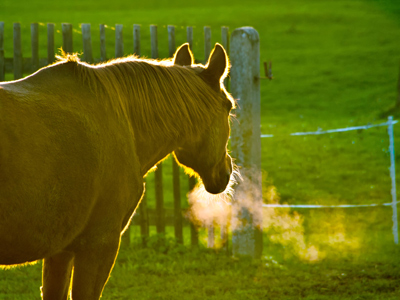
Unit 3 - Urine Production
You may not give much thought to urine - just an inconvenience which causes you to visit the toilet every few hours! But have you ever thought about the production of urine? Urine is made in the kidneys when they filter waste products from the blood, but how exactly do they do it? In this GCSE Biology quiz you'll learn all about the production of urine.
The urinary system is designed to remove certain waste materials from the body, including urea, excess ions and water. These waste materials are eliminated as urine which consists of the ions and urea dissolved in the excess water. The production of urine takes place in the kidneys. Here millions of microscopic filtering units, called nephrons, filter the blood and reabsorb important molecules such as glucose. Water and ions are also reabsorbed as required by the body.
Ready for more?
not all...
quizzers. Try to win a coveted spot on our Hall of Fame Page.







